WordPress 5.8 is the second of three major WordPress core releases of this year. With 5.8, WordPress goes full speed ahead with Full Site Editing (FSE) using the Block Editor and brings a host of improvements and features to the editor itself.
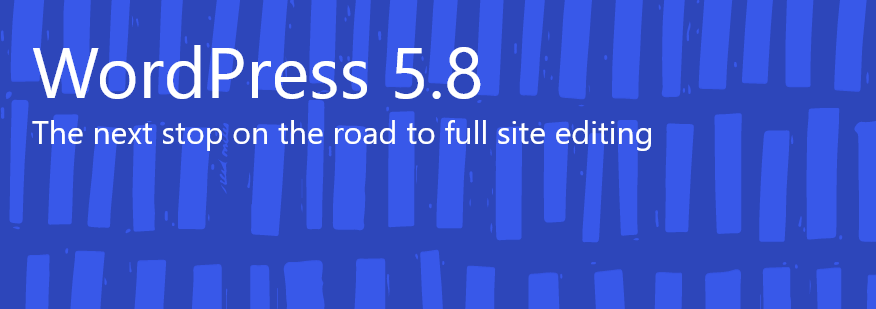
Before You Update: Don’t Forget to Run a Backup Of Your Site!
Before doing any major updates of the WordPress core, make sure you backup your website. We recommend making a complete backup that includes your WordPress database, WordPress files, themes, plugins, media library, etc. before proceeding with the update.
As a client of Good Websites, you don’t have to worry about these things. We manage all upgrades and backups for you as part of the WordPress Maintenance plan.
Full Site Editing Template Editor
Up till now, the Block Editor was solely used for creating content within Pages and Posts. With version 5.8, we’ll be able to use the Block Editor to build templates. In WordPress 5.9 (scheduled for December 2021), we’ll see the next step of Full Site Editing, where you’ll be able to edit the Header, Menus, and Footer using Blocks.
Giving you an idea of how to use this new template functionality, think of creating:
- Custom Landing Pages
- Custom 404 Pages
- Custom Headers per Page
- Custom Post layouts
- Custom Blog Layouts
- Custom WooCommerce Layouts
The concept of Full Site Editing (FSE) in WordPress is to make it possible to edit any part of your WordPress site with the Block Editor, including headers, footers, menus/navigation, sidebars, and widgets.
As the block-based template editing still is experimental, you likely won’t see this functionality out-of-the-box yet. The new template editor functionality is turned off by default and requires a line of code to turn it on.
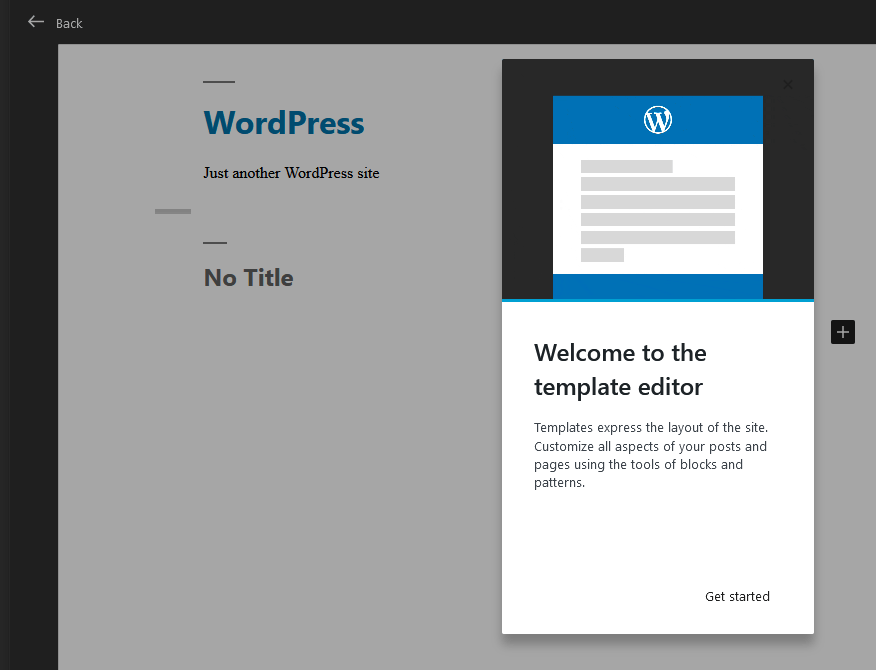
The Query Loop Block
Version 5.8 comes with 20 new Blocks, most aimed at facilitating the upcoming Full Site Editing. One of the most exciting new blocks is the Query Loop Block.
The Query Loop Block is like a much more powerful version of the existing Latest Posts Block. The Query Loop Block lets us display dynamic lists of posts, pages, or custom post types.
Here are a few examples of how you might use the Query Loop Block:
- Recent Posts – Show a list of the recent posts
- Custom Blog Index Page – Create a custom page with Categorised Sections
- Portfolios – Design a unique Portfolio page using custom post types.
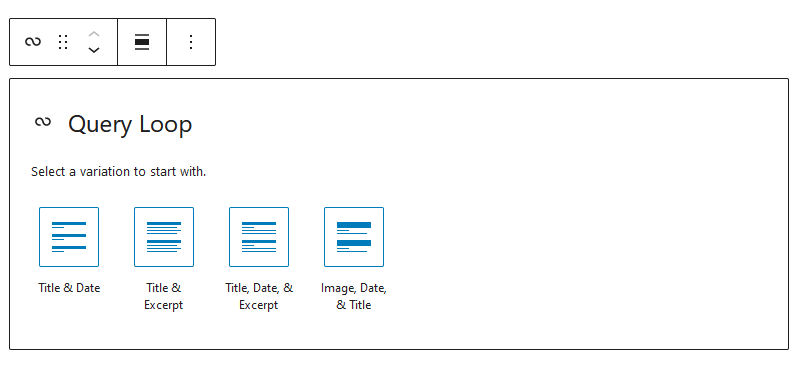
Duotone Filter – style Images
Now you can colourise Image and Cover blocks with duotone filters! Duotone can add a pop of colour to your page and style your images (or videos in the cover block) to integrate well with your theme.
Luckily this feature can be switched off. Yes, we know clients who will go crazy duo-toning all images…
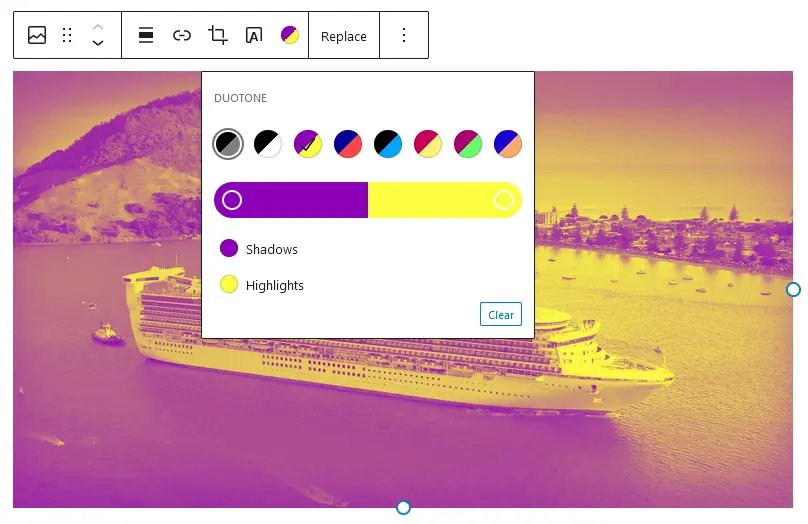
Top Toolbar Mode Improvements
If you prefer to work in “Top Toolbar” mode, the menu items are now just below the main navigation of the block editor interface.

Parent Block Selector is More Obvious
If you turn the top toolbar mode off and use the default block editor toolbar, you’ll see each child block has an off-set parent block icon. This allows you to more easily switch between nested blocks.
Improved Block Navigation
With the improved List View, it’s easier to navigate around your Blocks. List View gives an overview of all the blocks in your content. You can now navigate quickly to the precise block you need. The List View opens in its own panel that remains open as you navigate and make changes to Blocks.
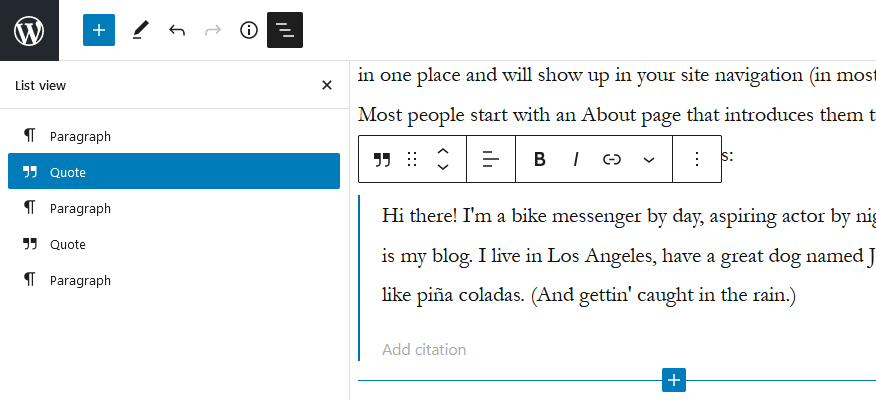
New WordPress Patterns Directory
Similar to the WordPress Block Directory introduced in WordPress 5.5, WordPress 5.8 introduces the WordPress Patterns Directory. Block Patterns are collections of Blocks in pre-designed layouts.
With WordPress 5.8, when you add either the Query Loop Block or the Social Icon Block, you’ll see different layout options – these are called Block Patterns.
WordPress.org hosts a library of patterns that you can copy/paste right into your site. The WordPress Patterns Directory is located at: wordpress.org/patterns
Block-Based Widget Areas
WordPress Widget Areas have been ‘blockified’ in WordPress 5.8. This means you have full access to all Editor Blocks for your Widget areas.
It has been a while since we have touched widgets. We almost exclusively manage these so-called widget areas on our client websites via our super user-friendly back-end customisations (Advanced Custom Fields).
Anything you can do in the block editor can now be done in widget areas.
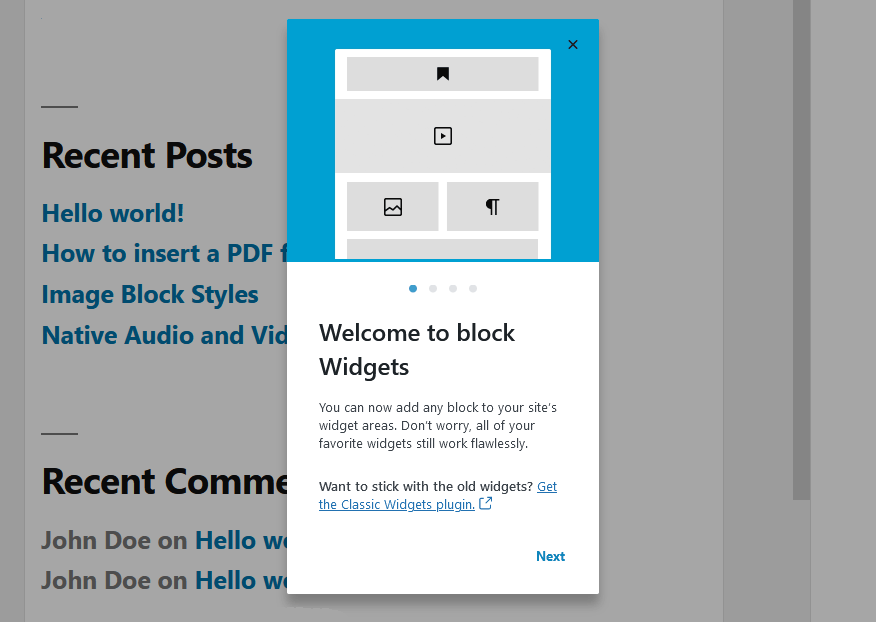
Improved Reusable Blocks Interface
A new modal makes it easier to know what’s happening when you add blocks to reusable blocks. Now you can give your new reusable block a name before it’s added.
Embed PDFs with the File Block
Now the file block detects if you’ve uploaded a PDF and automatically allows you to embed a PDF in your post or page.
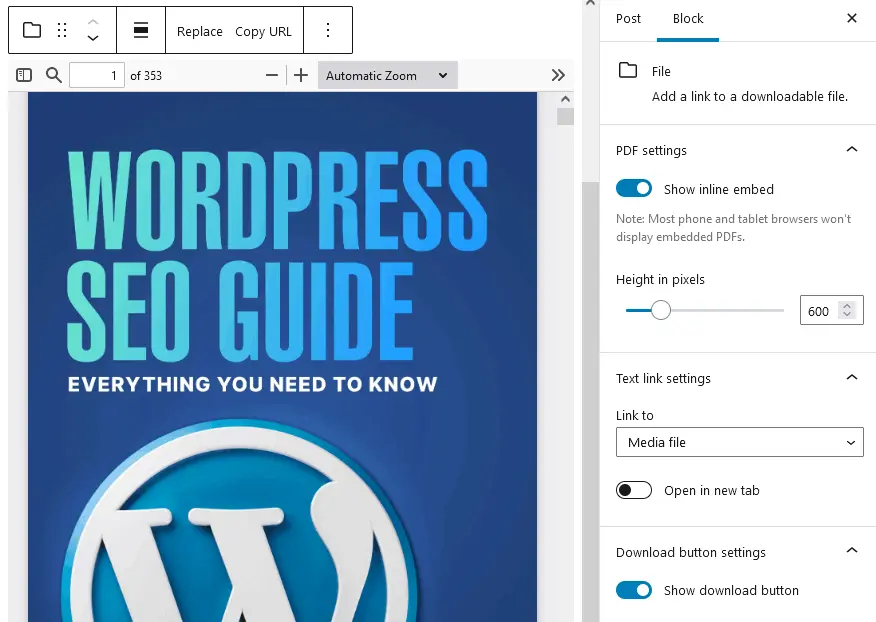
More Style Options for Column and Table Blocks
Now you can define text colour, background colour, link colour, and spacing within the column and table block. This allows you to get a lot more precise with how your columns and tables look.
WebP image support
WordPress 5.8 introduces WebP image support – this is great news when we are all trying to improve the speed of our websites.
This modern image file format was created by Google way back in September 2010 and is now supported by 95% of the web browsers in use worldwide. WebP images are around 30% smaller on average than their JPEG or PNG equivalents, resulting in faster sites and less bandwidth.
WordPress doesn’t convert images out of the box. You will still need to convert your images to WebP before uploading or use a plugin to convert PNGs and JPGs to WebP.
Under the hood
More happiness for WordPress developers.
Theme.json
Global Styles and Global Settings APIs: control the editor settings, available customisation tools, and style blocks using a theme.json file. This configuration file enables or disables features and sets default styles for both websites and blocks.
Dropping support for IE11
Support for Internet Explorer 11 has been dropped as of this release. So if you are currently using IE11, it is time to switch to a more modern browser.
Adding Additional Block Supports
WordPress 5.8 introduces several new block support flags and new options to customise your registered blocks.
